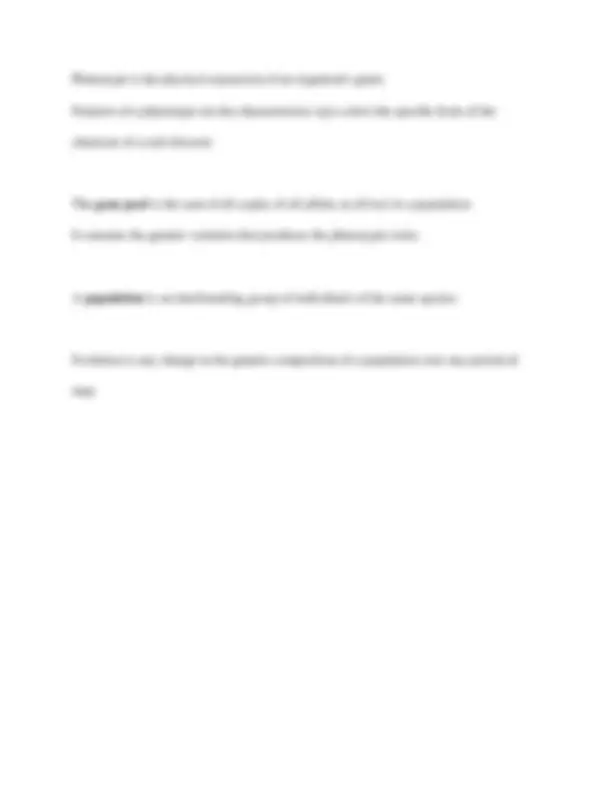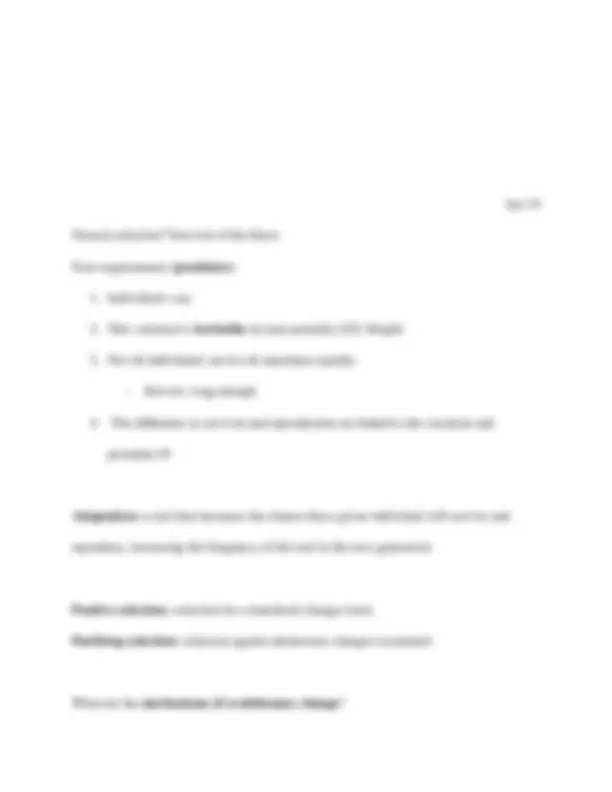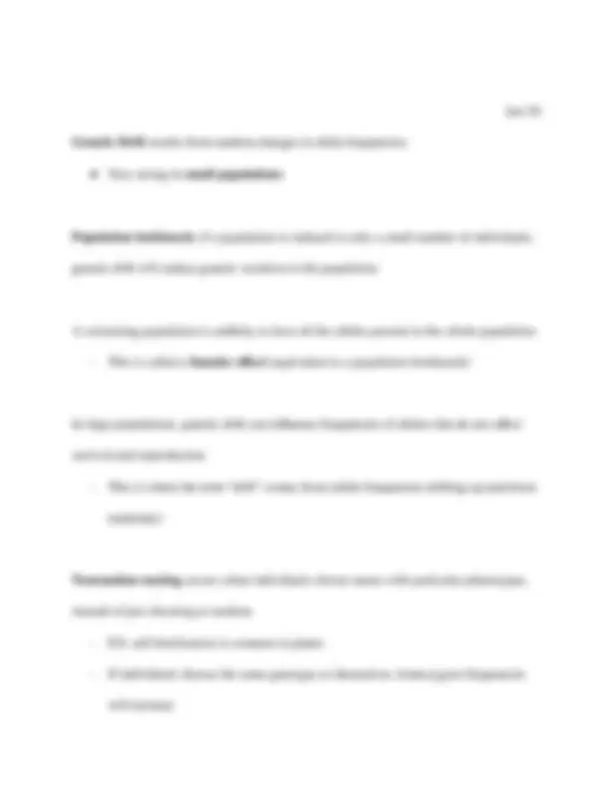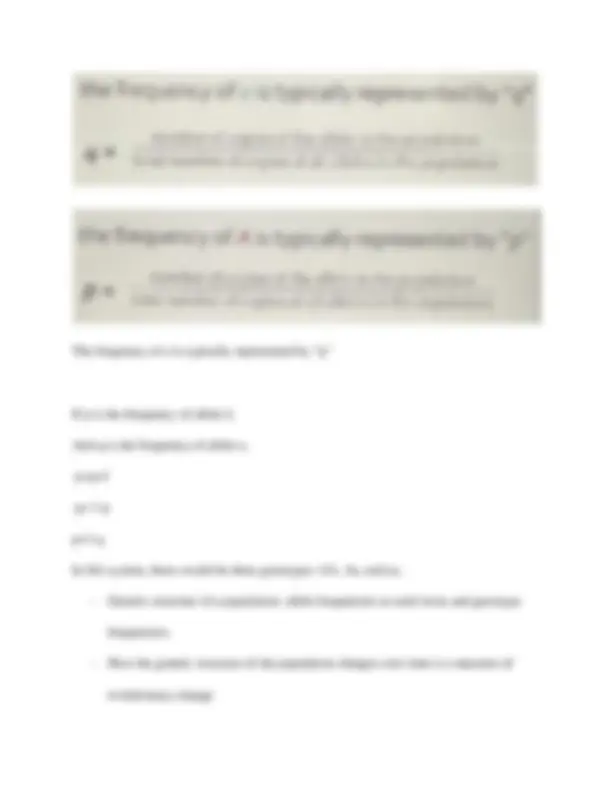








Study with the several resources on Docsity

Earn points by helping other students or get them with a premium plan


Prepare for your exams
Study with the several resources on Docsity

Earn points to download
Earn points by helping other students or get them with a premium plan
Community
Ask the community for help and clear up your study doubts
Discover the best universities in your country according to Docsity users
Free resources
Download our free guides on studying techniques, anxiety management strategies, and thesis advice from Docsity tutors
An overview of the theory of evolution, its key concepts such as alleles, mutations, natural selection, and genetic drift, and its applications in various fields. It also discusses the evidence supporting the theory and the role of influential figures like Jean-Baptiste Lamarck and Charles Darwin.
Typology: Lecture notes
Uploaded on 05/31/2022
6 documents
1 / 11

This page cannot be seen from the preview
Don't miss anything!







Processes of Evolution What is Evolution?
Evidence for evolution
Jan 24 Natural selection? Survival of the fittest Four requirements ( postulates )
● Nature Selection Mutation ● Gene flow ● Genetic drift ● Nonrandom mating
Jan 26 Genetic Drift results from random changes in allele frequencies ● Very strong in small populations Population bottleneck: if a population is reduced to only a small number of individuals, genetic drift will reduce genetic variation in the population A colonizing population is unlikely to have all the alleles present in the whole population
The frequency of a is typically represented by “q” If p is the frequency of allele A And q is the frequency of allele a, p+q= q= 1-p p=1-q In this system, there would be three genotypes: AA, Aa, and aa.